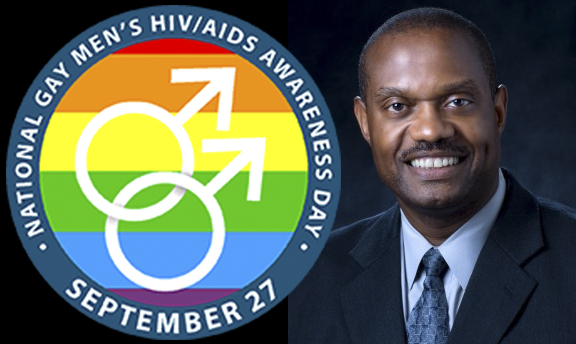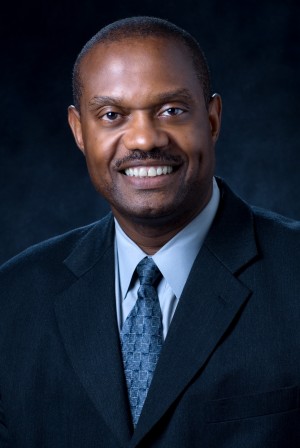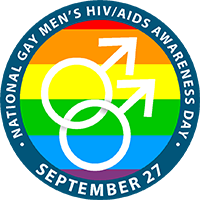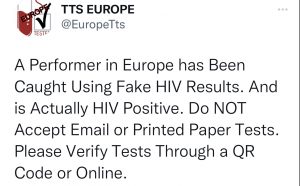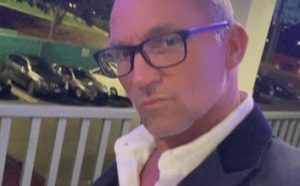Editor’s Note: For National Gay Men’s HIV/AIDS Awareness Day, the Centers for Disease Control and Prevention have created several tools and resources, including the following blog.
Every year on September 27th, National Gay Men’s HIV/AIDS Awareness Day, the HIV/AIDS community comes together to raise awareness, recommit to action, and take stock of the progress achieved over the prior year.
And what a year it has been. Last September, I wrote about the need to intensify prevention efforts for men who have sex with men (MSM), the only population among whom HIV infections have increased in recent years. Since then, we’ve seen a series of heartening advances – in science, programs, and our nation at large – that could help usher in a new era of progress in reducing infections and improving the health of gay and bisexual men.
Research shows that prompt treatment is the best option for people diagnosed with HIV. Other data added to a stream of evidence that pre-exposure prophylaxis (PrEP) is highly effective among MSM, and provided encouraging signs that more people at risk are now benefiting from PrEP. CDC announced substantial funding to help health departments promote PrEP among MSM and to pursue Data to Care, a creative new approach to help those living with HIV get connected to the medical care they need.
More broadly, national trends are helping to create an environment that’s conducive to faster progress. These include the expansion of insurance through the Affordable Care Act and a range of federal policies and initiatives to improve health among MSM.
But we still have a steep hill to climb. MSM—including MSM who inject drugs–account for 66 percent of all estimated new infections in the United States. The impact is especially severe among black MSM and younger MSM. And, only half of HIV-diagnosed MSM are receiving necessary medical care.
In the face of these challenges, there is no guarantee that recent advances will translate into better health or fewer infections for MSM. To make sure they do, we need a coordinated, national effort to capitalize on the latest tools and information. Specifically:
- Federal agencies like CDC need to offer clear and doable actions for prevention in the coming years – and continue to provide evidence and sustained resources to communities where the day-to-day work of prevention is happening.
- State and local health departments have to be ready to focus limited resources where they are most needed – including in gay communities – where, in some instances, they are still being overlooked.
- Community-based organizations need to continue to embrace a prevention landscape that has shifted dramatically. Through newly awarded cooperative agreements from CDC, and through direct funding from local and state health departments, many are doing so. Their expertise and credibility in their communities could make all the difference in reaching MSM and the populations who would benefit the most from effective HIV prevention interventions.
- Health care providers, more than ever before, are integral players in HIV prevention. They can embrace this role by learning about HIV’s impact in their communities and making sure they’re up to speed on HIV diagnosis, care and PrEP. CDC is working to support them through efforts like our new medication adherence training toolkit, Every Dose, Every Day and PrEPline (855 HIV PrEP).
- Individual gay and bisexual men have a role, and a responsibility, to address HIV in their communities. Many already are, in part through their use of resources provided by campaigns like Start Talking. Stop HIV, launched last year.
Protecting the sexual and overall health of gay and bisexual men in the U.S., along with all those at increased risk of acquiring HIV, will be the main focus of the upcoming National HIV Prevention Conference, December 6-9 in Atlanta. We at CDC are proud to host the conference, the first since 2011. Given all that has changed since then, the event will be a critical opportunity for people from every sector to share what is working, identify remaining gaps, and set plans in motion for the years ahead.
It’s my hope that a decade from now, the landscape of HIV prevention for gay and bisexual men will change to the point where new infections are rare, and where effective and timely treatment is the norm. The hard work needed to get there is already under way. Let’s all be a part of it.

